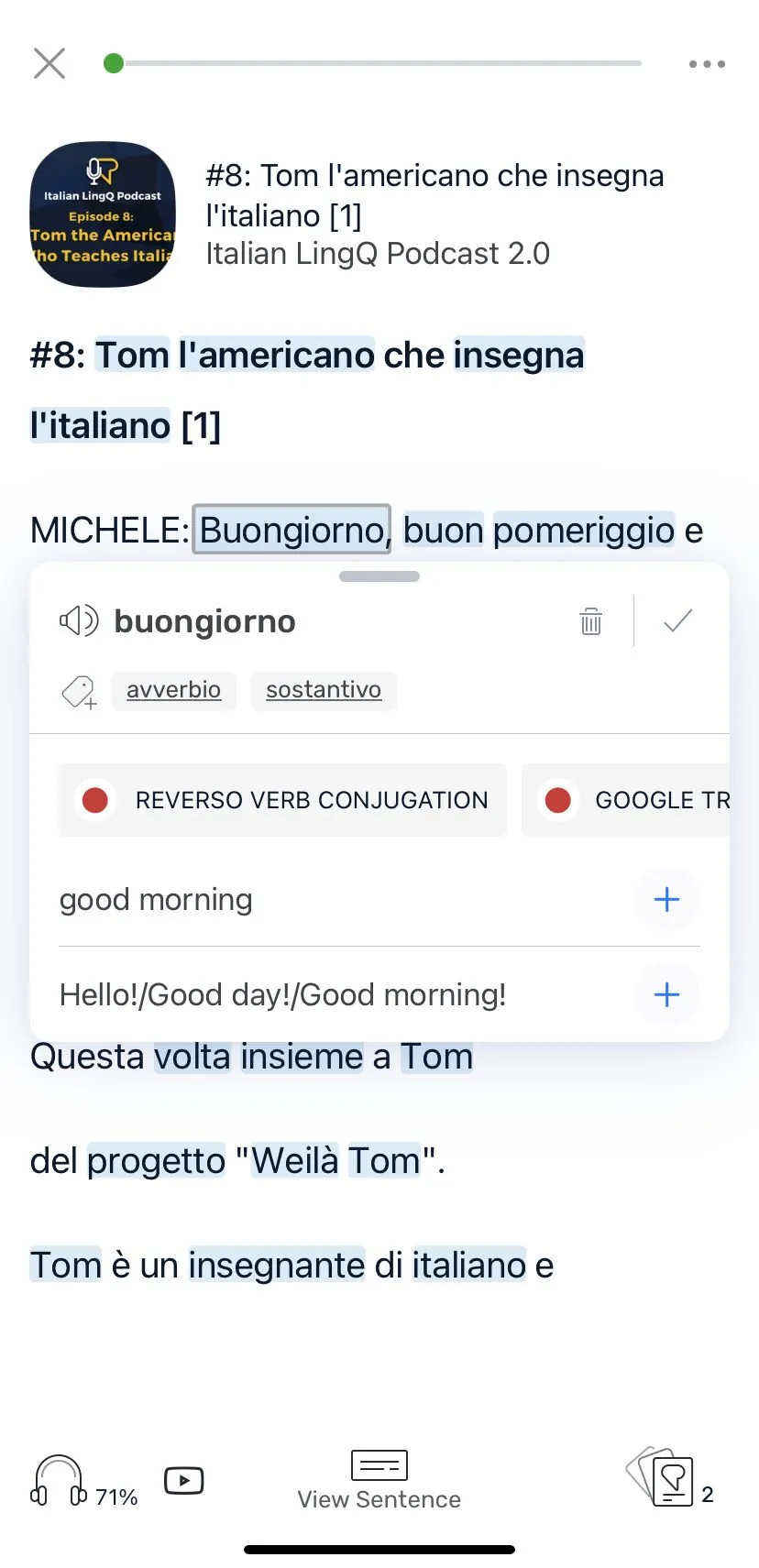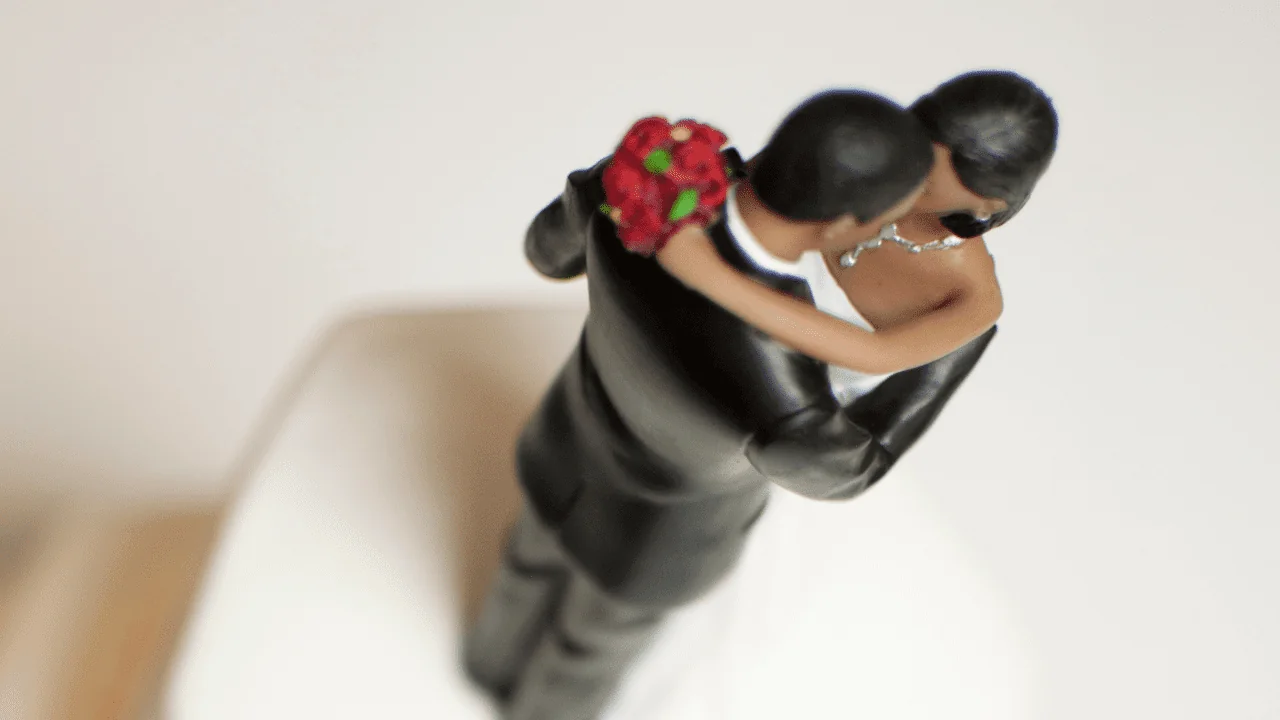Saying “I Love You” in Italian Is Just the Beginning
People all around the world differ tremendously but we share the need to love and be loved. Have you ever been curious to learn how to talk about the matters of the heart in Italian? In this post you’ll find the vocabulary you can use to talk about dating, love and relationships and most importantly how to say I love you in Italian.
The Early Days

“Mi piace questa ragazza/questo ragazzo” (“I like this girl/this boy”) may be a start of a beautiful love story. When the feeling is reciprocated two people can go on a date. One way to say it in Italian is “un appuntamento”.
Be careful, however, as using this word doesn’t necessarily mean that the reason of your appointment, which is the direct translation of the word, is romantic. Depending on the context, “appuntamento” may equally suggest a business appointment or any other kind of meeting. If you want to make it clear that you’re seeing someone, you should rather use the following verbs:
Uscire con – to go out with someone
E.g Lara esce con Marco. (Lara goes out with Marco.)
Frequentare – to see someone
E.g Frequento qualcuno. (I’m seeing someone.)
Vedersi con – to see someone
E.g. Mi vedo con Gianna. (I’m seeing Gianna.)
Once things between a couple are established and they decide that they’re really interested in one another, they may use the terms “ragazzo” (“boyfriend”) and “ragazza” (“girlfriend”). They will also jointly be referred to as “una coppia” (“a couple”). If they’re on Facebook, they may announce the change of their relationship status (“situazione sentimentale”) on social media from single (simply “single” in Italian) to in a relationship with… (“impegnato con…”).
Say I Love You in Italian

The first “I love you” may come before or after a couple becomes official. In Italian there are many ways to say “I love you”:
Essere innamorato/innamorata di – To be in love with
E.g. Mi sono innamorato di te. (I fell in love with you.)
Amarsi – to love one another
E.g. Ci amiamo ma litighiamo sempre. (We love one another but we always fight.)
Amare – to love someone
E.g. Amo il mio ragazzo. (I love my boyfriend.)
Adorare – to adore
E.g. Ti adoro! (I adore you!)
Essere l’anima gemella – to be a soulmate
E.g. Mio marito è la mia anima gemella. (My husband is my soulmate.)
Essere pazzo/pazza di – to be crazy about
E.g. Lucy è pazza di Gino. (Lucy is crazy about Gino.)
Fall in Love with Learning Italian with LingQ
LingQ is the best way to learn Italian online. Not only does it contain hundreds of professionally created lessons (that include audio), but you can import your own content into LingQ too. That means, you can import your favourite Italian YouTube videos, audiobooks, podcasts, and so on to help you study.

Other benefits of LingQ include:
– Easily look up new vocabulary with a single tap
– Save vocabulary and review them using LingQ’s SRS
– Take your lessons on the go using LingQ’s mobile app (available for iOS and Android)
Things Are Getting Serious

Saying “I love you” in Italian is just a beginning! If a couple after some time of dating decides that it’s time to move in together we speak about cohabitation (“convivenza”). To live together can be translated as “convivere” or “vivere insieme”.
Many couples are happy to live together forever but for some marriage is still important. That’s why when living together is successful they decide to get engaged (“fidanzarsi”). The verb can be used as in the following example:
Sai che Marco e Angela si sono fidanzati? (Do you know that Marco and Angela got engaged?)
Davvero? (Really?)
From that point on they become an engaged couple (“fidanzati”). A woman is referred to as “una fidanzata” and a man as “un fidanzato”. Traditionally, a woman wears an engagement ring (“un anello di fidanzamento”) as a sign of their upcoming nuptials.
Many couples after the engagement (“fidanzamento”) decide to yet again share their news on Facebook and change their situazione sentimentale this time to “officially engaged” (“fidanzato/fidanzata ufficialmente”). The reason why the engagement is referred to as official is that many Italians use the simple terms “fidanzato” and “fidanzata” in speech just as a way of referring to their partner, even if they’re not actually engaged to be married.
Happily Ever After?

Now it’s time for the preparations for the perfect wedding (“matrimonio perfetto”) to begin. Some couples these days decide to have small, intimate ceremonies but it’s not the majority. Many women spend months looking for a perfect wedding dress (“abito da sposa”), shoes and a venue. Not surprisingly, a beautiful ceremony for many guests can be very pricey.
Money, however, regardless of the actual financial status of the couple, doesn’t seem to matter for many of those who decide to change their marital status (“stato civile”).
An unmarried man (“celibe”) and an unmarried woman (“nubile”) need a special party to say goodbye to their single days. Traditionally, bachelor parties (“addio al celibato”) were crazy events during which men would get horribly drunk and even require the services of a stripper (“spogliarellista”) but these days ladies no longer limit themselves either. During hen parties (“addio al nubilato”) the bride-to-be (“futura sposa”) won’t have it easy when it comes to the social pressure to consume alcohol.
Once a hangover (“postumi della sbornia”) is gone, it’s time for the wedding day (“giorno di matrimonio”). Some people choose to get married in a registry office (Ufficio di Stato Civile) and others still opt for getting married in church (“in chiesa”). During the ceremony (“cerimonia”) the chosen official announces the groom (“sposo”) and the bride (“sposa”) man and wife with the words:
Vi dichiaro marito e moglie. (I pronounce you husband and wife.)
Then the newlyweds can finally kiss (“bacio degli sposi”).
After the wedding, hopefully, the couple will live happily ever after (“E vissero per sempre felici e contenti”)… Unfortunately, this is not the future of all marriages. Divorce (“divorzio”) may be the end of a real life fairytale.
Why do people divorce? The reasons are many, among them:
- Monotony (monotonia)
- Infidelity (infedeltà)
- Incompatibility (incompabilità)
- Middle age crisis (crisi di mezza età)
Sometimes people simply married the wrong person (“persona sbagliata”) for them. The good news is that many couples not only manage to stay together but also are happily married (“felicemente sposati”). Others live happily ever after without ever getting married. It’s important to choose whatever works for us because love (“amore”) is complicated as it is and saying “I love you” even in such a romantic language as Italian isn’t always enough!
***
Magdalena Osiejewicz-Cooper has lived in Bologna and Palermo. Apart from Italian she speaks fluent Polish and French. She is currently self-studying Spanish.
